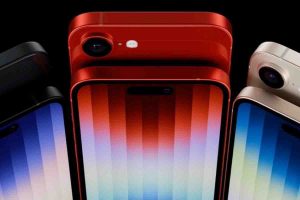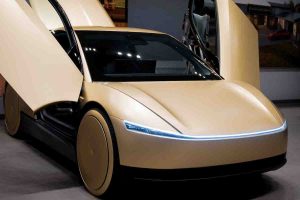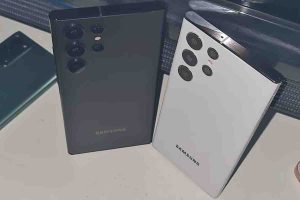The iPhone SE, Apple’s budget-friendly offering, might seem straightforward at first glance. But beneath its familiar exterior lie three design choices that have sparked considerable debate.
While perhaps subtle, these decisions have raised eyebrows among tech enthusiasts and could significantly impact the user experience. Let’s uncover these cleverly hidden design changes.
1. Is the iPhone SE Falling Behind?
Unlike Apple, competitors in this market aren’t constrained regarding features, performance, or overall potential. This freedom has put the rumored iPhone SE specs at a disadvantage, especially considering Apple’s typically higher prices.
2. iPhone SE Screen
The iPhone SE has always been the “small” iPhone, right? Well, that might be changing. Rumors point to a 6.1-inch screen (just like the iPhone 16) and a 60Hz refresh rate. That’s fine for a budget phone but in the mid-range? Not so much.
In Android, fast refresh rate screens are the norm at this price point. Smooth animations and a more comfortable user experience are expected. While not all phones offer variable refresh rates (down to a power-saving 1Hz), the option exists.
As Forbes reports, a smartphone’s screen is its primary point of interaction, and the iPhone SE’s first impression falls short of the competition.
3. iPhone SE’s Single-Lens Camera
The iPhone SE features a single rear camera, a design choice consistent with previous models. This contrasts sharply with the dual-lens setup on the iPhone 16, clearly distinguishing the SE from its flagship counterpart.
What to expect from the iPhone SE 4, rumored to launch as soon as next week 👀
Are you interested? pic.twitter.com/YmAtTQl4Yj
— Apple Hub (@theapplehub) February 7, 2025
The upcoming handset’s single camera distinguishes it from almost all mid-range smartphones. While Apple emphasizes the power of its Neural Engine for capturing great photos, it can’t overcome the limitations of a single lens. Competitors offer a wider array of photographic options, including telephoto, panoramic, ultrawide, and macro lenses. This puts the iPhone SE at a clear disadvantage.
3. The Battery
The specs reveal the iPhone SE’s reported battery capacity of 3,279 mAh. This is notably smaller than some key competitors, such as the Google Pixel 8a with its 4,492 mAh battery and the Oppo Reno12 Pro and Samsung Galaxy A55, both boasting 5,000 mAh.
While Apple will likely follow industry trends and tout its phone’s “average daily use” and “streaming video” battery life, the phone’s raw battery capacity still falls short of the competition.
4. iPhone SE’s Price
Considering the iPhone SE’s price is essential. The current version starts at $429 (64GB). The A18 chip, Apple Intelligence’s memory requirements (and perhaps added storage), point to a potential $479 price. A $499 price isn’t out of the question, especially with 128GB of storage in the base model.
Matching the Pixel 8a’s $499 price point (for the 128GB model) would highlight the smartphone’s weaknesses: a smaller battery, a less compelling screen, and a single-lens camera. These drawbacks would heavily influence purchasing decisions.
The iPhone SE aims to draw new users into the Apple world. However, its initial impressions are less than compelling. While Apple’s dedicated community might forgive these flaws, drawn in by the ecosystem and the promise of seamless integration, the question remains: can the iPhone SE satisfy both newcomers and existing Apple enthusiasts?







